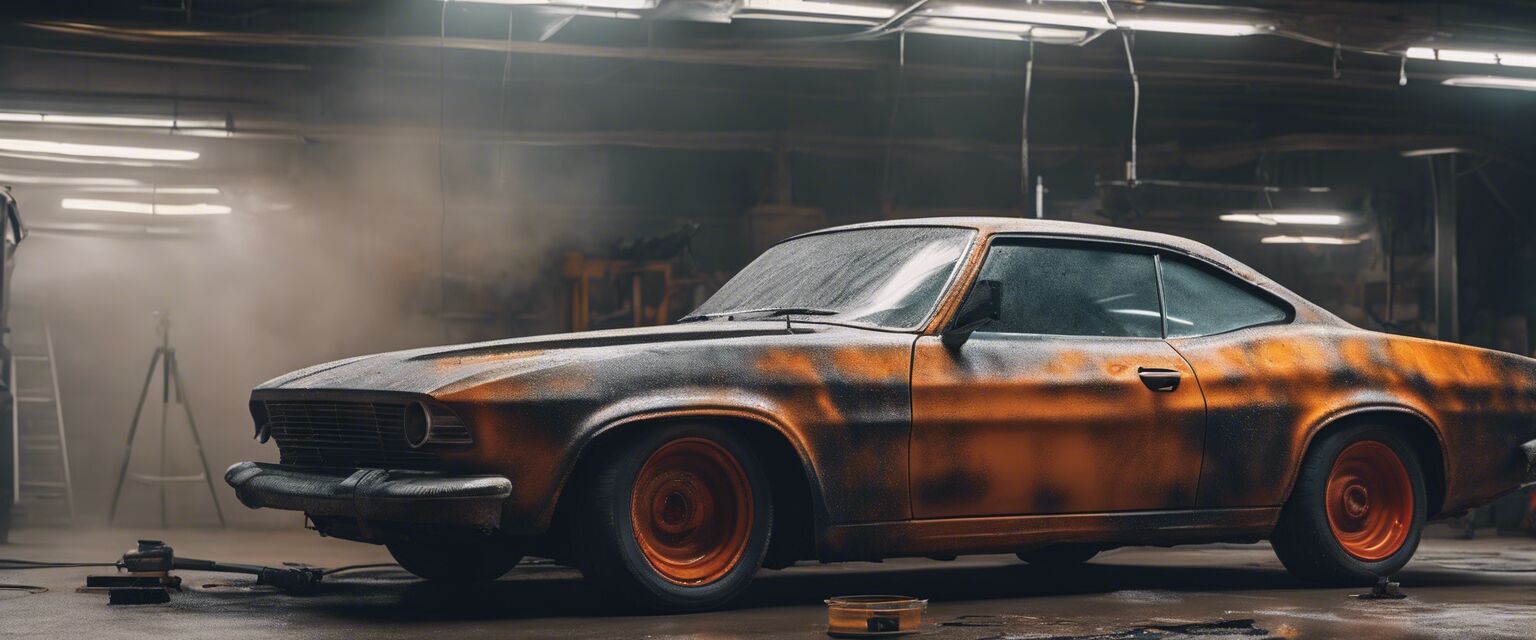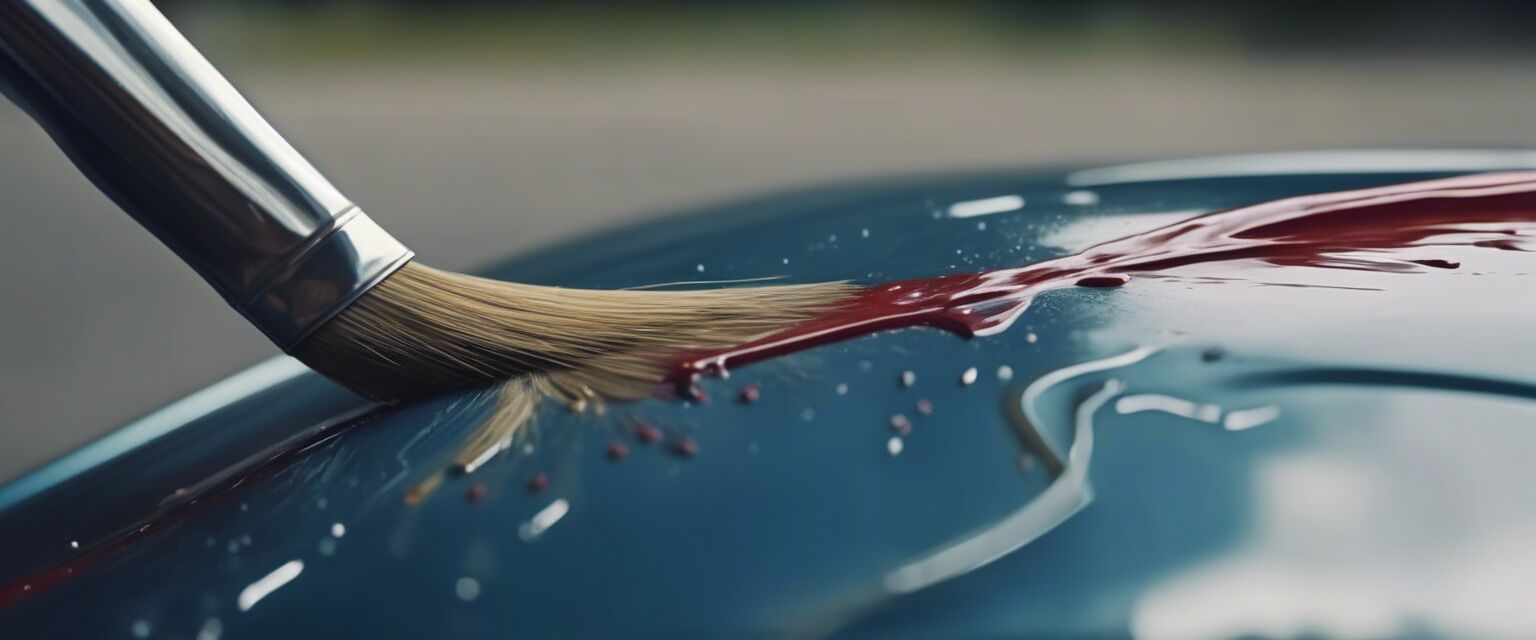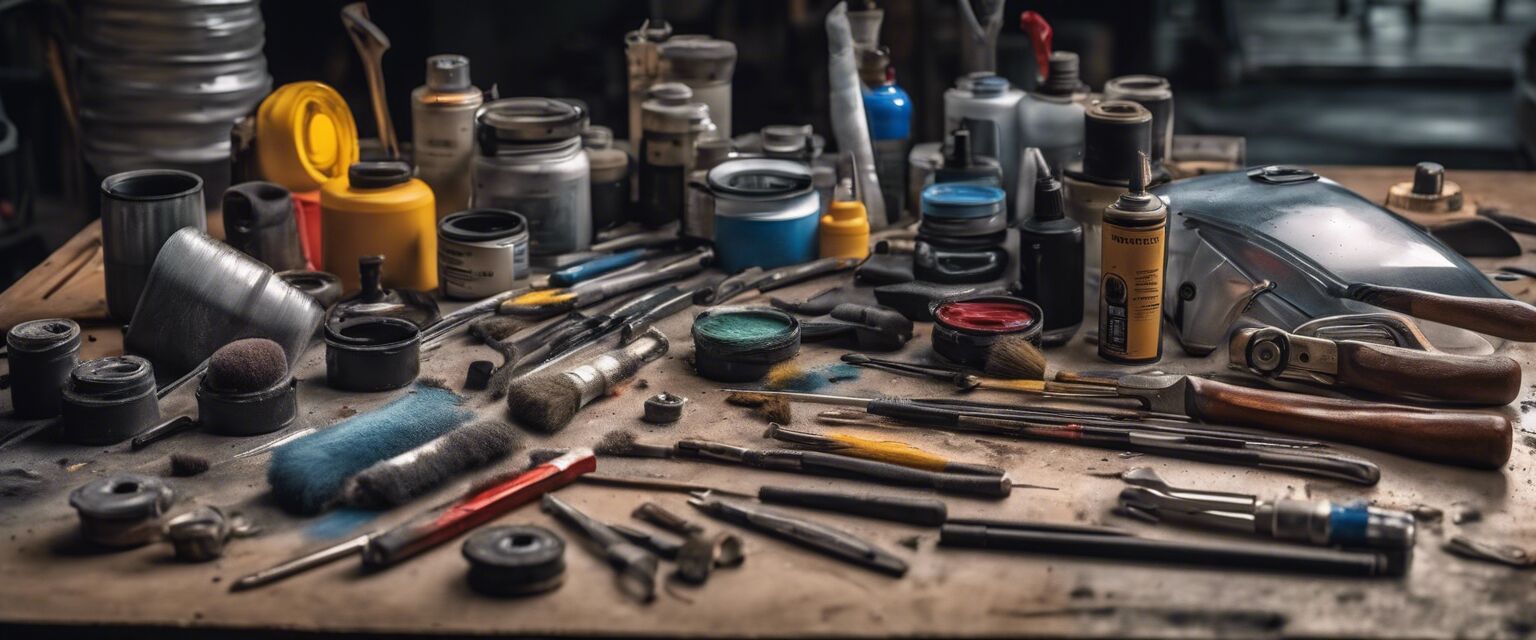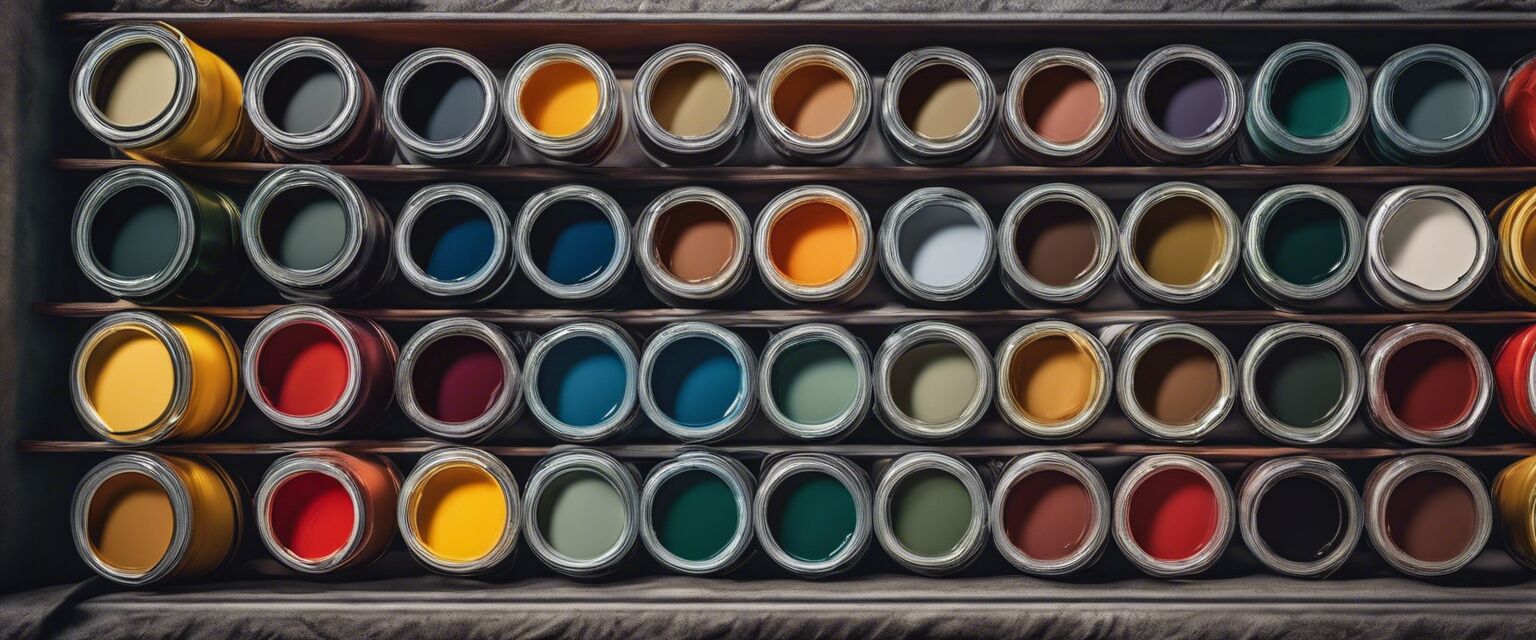
Paint Application Techniques
Key Takeaways
- Understanding different paint application techniques is essential for achieving a professional finish.
- Proper surface preparation is vital before applying any paint.
- Tools such as paint sprayers and brushes each have their unique applications and advantages.
- Practice and patience are key to mastering paint application techniques.
Applying automotive paint effectively requires skill and understanding of various techniques. Whether you're a DIY enthusiast or a professional, mastering these techniques is essential for achieving a flawless finish. This guide will walk you through the essential paint application methods, tools required, and tips to ensure your paint job not only looks good but lasts long.
Types of Paint Application Techniques
| Technique | Description | Best For |
|---|---|---|
| Spray Painting | Using a spray gun to apply paint evenly across a surface. | Large areas and intricate designs. |
| Brushing | Applying paint with a brush for detailed work. | Touch-ups and small areas. |
| Rolling | Using a paint roller for quick coverage. | Flat surfaces and larger areas. |
| Airbrushing | Fine mist application for detailed artwork. | Custom designs and artwork. |
Essential Tools for Paint Application
To achieve the best results, having the right tools is crucial. Here are some essential tools you may need:
- Paint Sprayer: Ideal for applying a smooth, even coat.
- Brushes: Different sizes for precision work.
- Rollers: For quick application on larger surfaces.
- Masking Tape: To protect areas you don't want to paint.
- Sandpaper: For surface preparation and smoothing.
Surface Preparation
Before applying paint, proper preparation of the surface is critical. Hereâs a step-by-step guide:
- Clean the surface thoroughly to remove any dirt and grime.
- Sand the area to create a smooth surface and ensure proper paint adhesion.
- Wipe down the surface with a solvent to remove dust and debris.
- Apply a primer if necessary, especially on bare metal or plastic surfaces.
Application Techniques in Detail
Spray Painting
Spray painting is one of the most popular methods due to its efficiency and ability to cover large areas uniformly. Hereâs how to do it:
- Set the sprayer to the appropriate pressure.
- Hold the sprayer at a consistent distance from the surface.
- Apply the paint in thin, even coats.
- Allow adequate drying time between coats.

Brushing
Brushing is useful for detailed work or small areas. Here are some tips:
- Choose the right brush size for the area you are painting.
- Use long, even strokes to avoid brush marks.
- Feather the edges to blend into the surrounding paint.

Rolling
Rolling is best for flat surfaces and large areas:
- Use a high-quality roller to prevent lint from sticking to the surface.
- Apply paint in a W pattern for even coverage.
- Work in sections to maintain a wet edge.
Airbrushing
Airbrushing provides fine detail and control, perfect for custom designs:
- Thin the paint according to the manufacturer's guidelines.
- Practice on a scrap surface to get the technique down.
- Use light, multiple coats rather than one heavy coat.
Common Mistakes to Avoid
Here are some common mistakes that can ruin your paint job:
- Skipping surface preparation.
- Applying paint too thickly in one coat.
- Poor ventilation during application.
- Not allowing sufficient drying time between coats.
- Using the wrong type of paint for the surface.
Maintenance Tips After Painting
After your painting job is complete, proper maintenance is key to ensuring longevity:
- Wash the vehicle regularly with mild soap.
- Avoid direct sunlight for prolonged periods to prevent fading.
- Apply a wax or sealant to protect the paint surface.
- Address scratches or chips immediately to prevent rust.
Pros
- Wide range of techniques to suit different needs.
- Ability to achieve professional-grade results.
- Variety of tools available to enhance the process.
Cons
- Requires skill and practice to master.
- Potential for mistakes if not careful.
- Equipment can be costly to invest in initially.
Conclusion
Mastering paint application techniques is essential for anyone looking to achieve high-quality results in automotive paint jobs. By understanding the different methods, tools needed, and best practices for surface preparation, you can create a finish that is not only visually appealing but also durable. Remember to practice and refine your skills over time, and soon you'll be able to tackle any paint job with confidence!
Tips for Beginners
- Start with small projects to build confidence.
- Always test on a small area first.
- Read product instructions carefully before use.
- Join online forums or communities for additional support.






